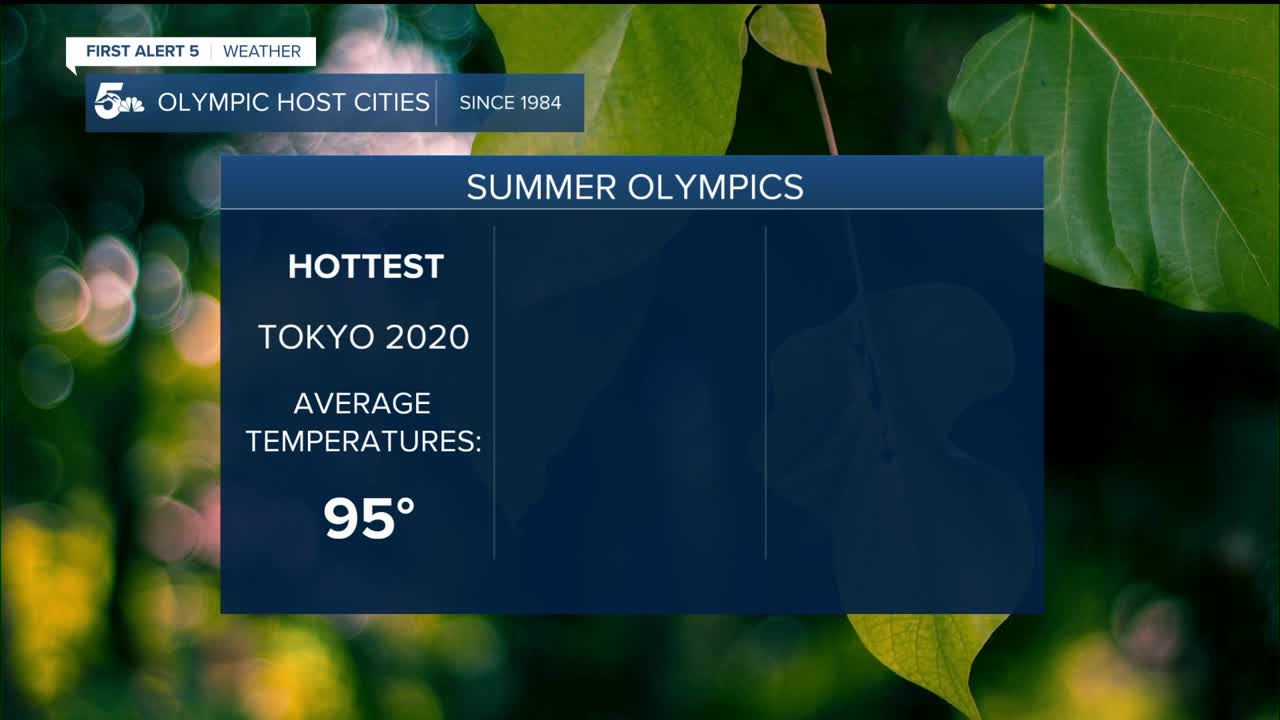The next Summer Olympics will be held in Los Angeles, California. This isn't the first time that these Olympics have been held there. Looking between then and now, we dove into the harshest conditions these athletes have dealt with.
From temperature extremes to allergy levels, these athletes have seen it all. Looking back at the 1984 games, L.A. was experiencing smog for several days. Ozone levels were high, and athletes were having respiratory problems. Ozone levels can get high due to higher amounts of sunlight, oxides of nitrogen, and hydrocarbons. These are emitted from vehicles, aircraft, and petroleum refining industries, due to the warmer temperatures in L.A. a temperature inversion formed.

A temperature inversion happens when there is a warm layer of air trapped between two cooler layers. Normally, you have a warm layer closer to the surface and the further you go up in the atmosphere, the cooler it gets. In this case, there was a cooler layer at the surface, and the warm layer was on top. The warm layer in the middle prevents any smog from escaping. It was as if someone placed a lid over the city and trapped in the smog.

Topography and the surrounding land can highly influence these factors too. Looking at other Olympic games, other host cities experienced different issues as well. The Tokyo 2020 Olympics (held in 2021 due to COVID-19) was considered the hottest Olympics in history. The combination of high temperatures and humidity levels made it dangerous for athletes to compete.
The coldest Summer games were in Sydney, Australia in 2000. This is because Australia is in the middle of their winter months. The average temperature was in the upper 60s. When we look at the coldest Olympics of all time, including Winter Olympic games, it was Lillehammer, Norway in 1994. Temperatures would get below -13 degrees Fahrenheit. Athletes had to wear the correct clothing while competing or they would risk getting hypothermia.
Sydney also experienced the highest pollen levels. Tree and grass pollen was very high throughout the majority of the competition. According to the Journal of Allergy and Clinical Immunology, 56% of athletes experienced allergies while competing.
____
Have a question or story idea you would like the First Alert 5 Weather team to consider? Email: weather@koaa.com
Watch KOAA News5 on your time, anytime with our free streaming app available for your Roku, FireTV, AppleTV and Android TV. Just search KOAA News5, download and start watching.



